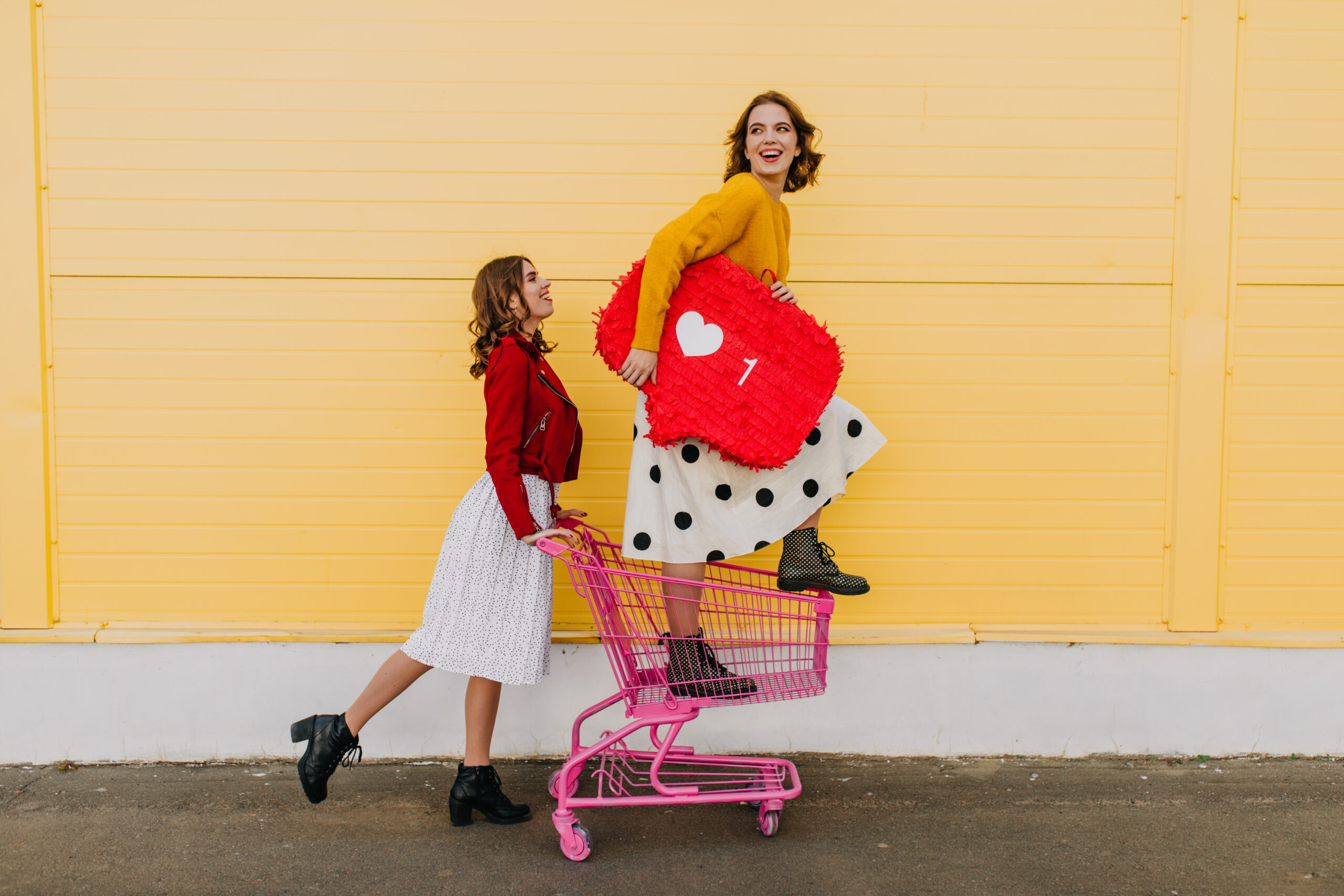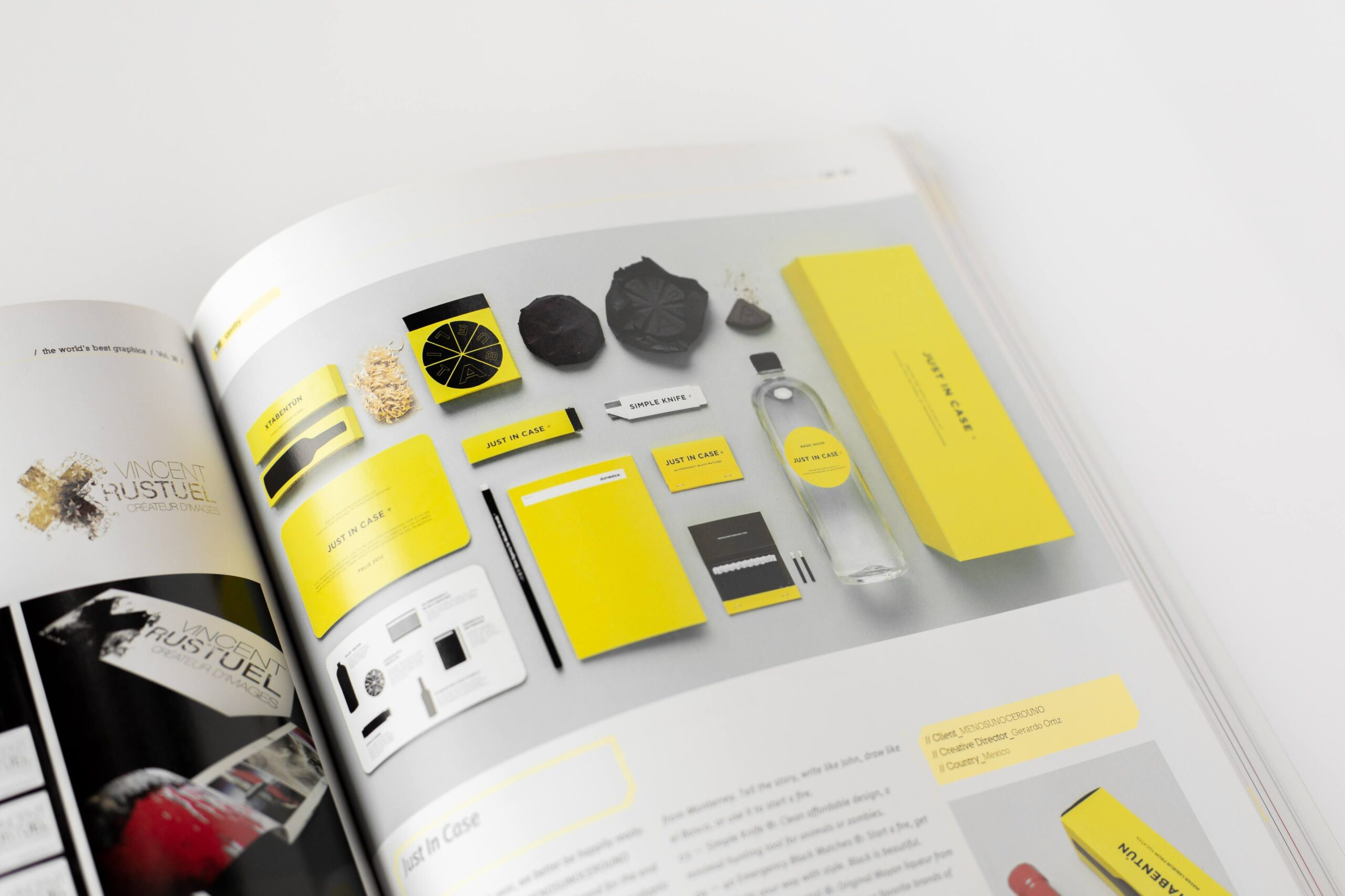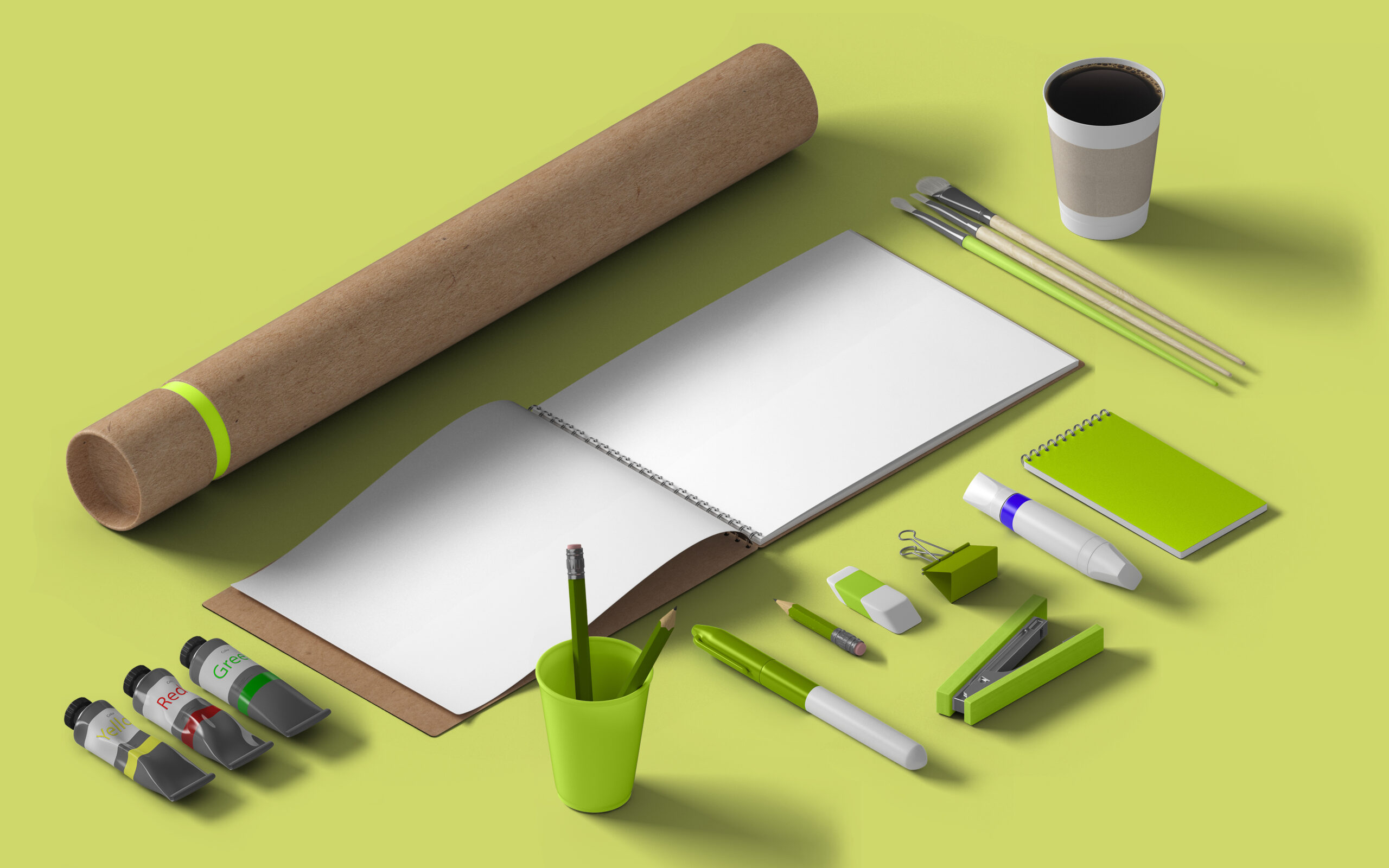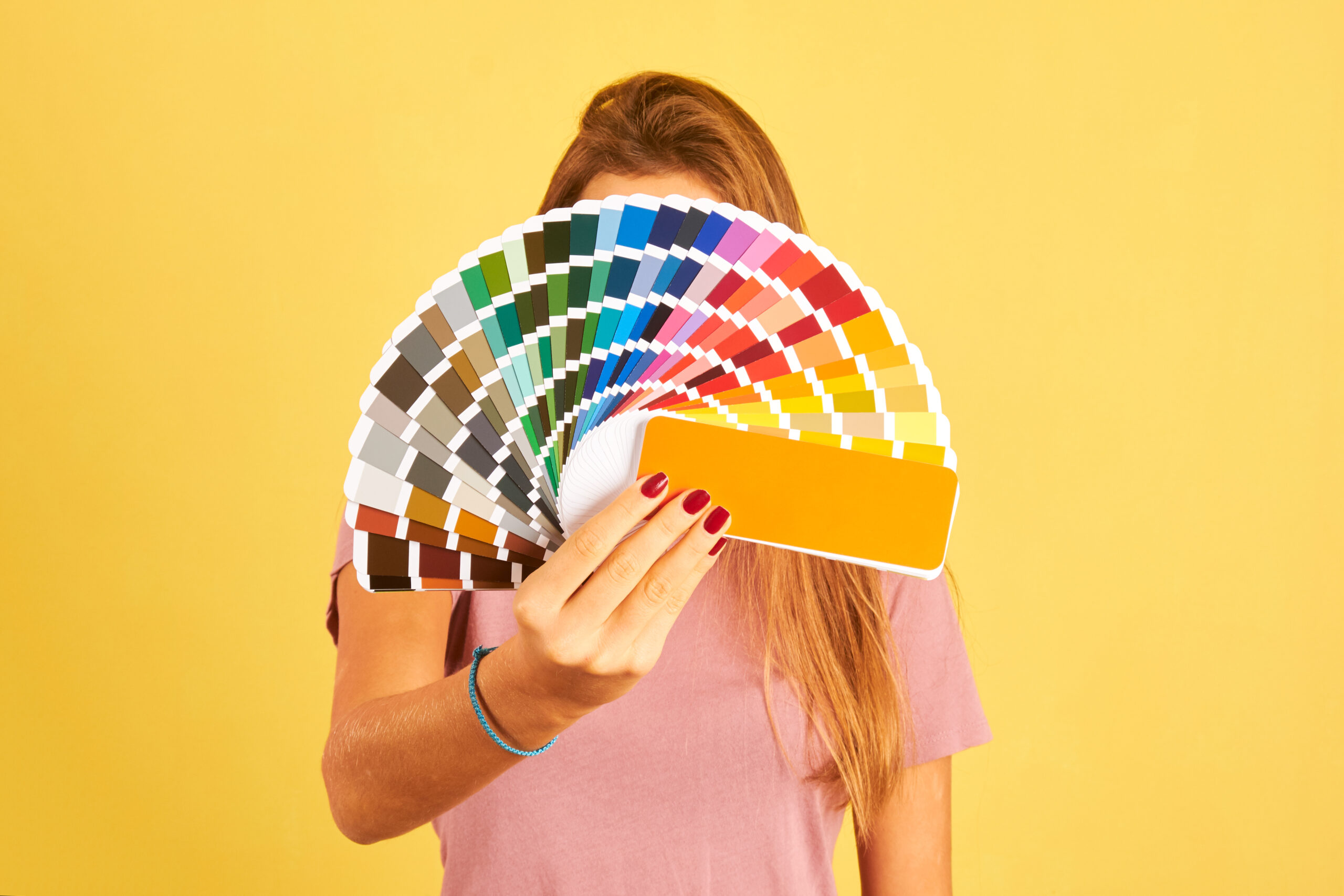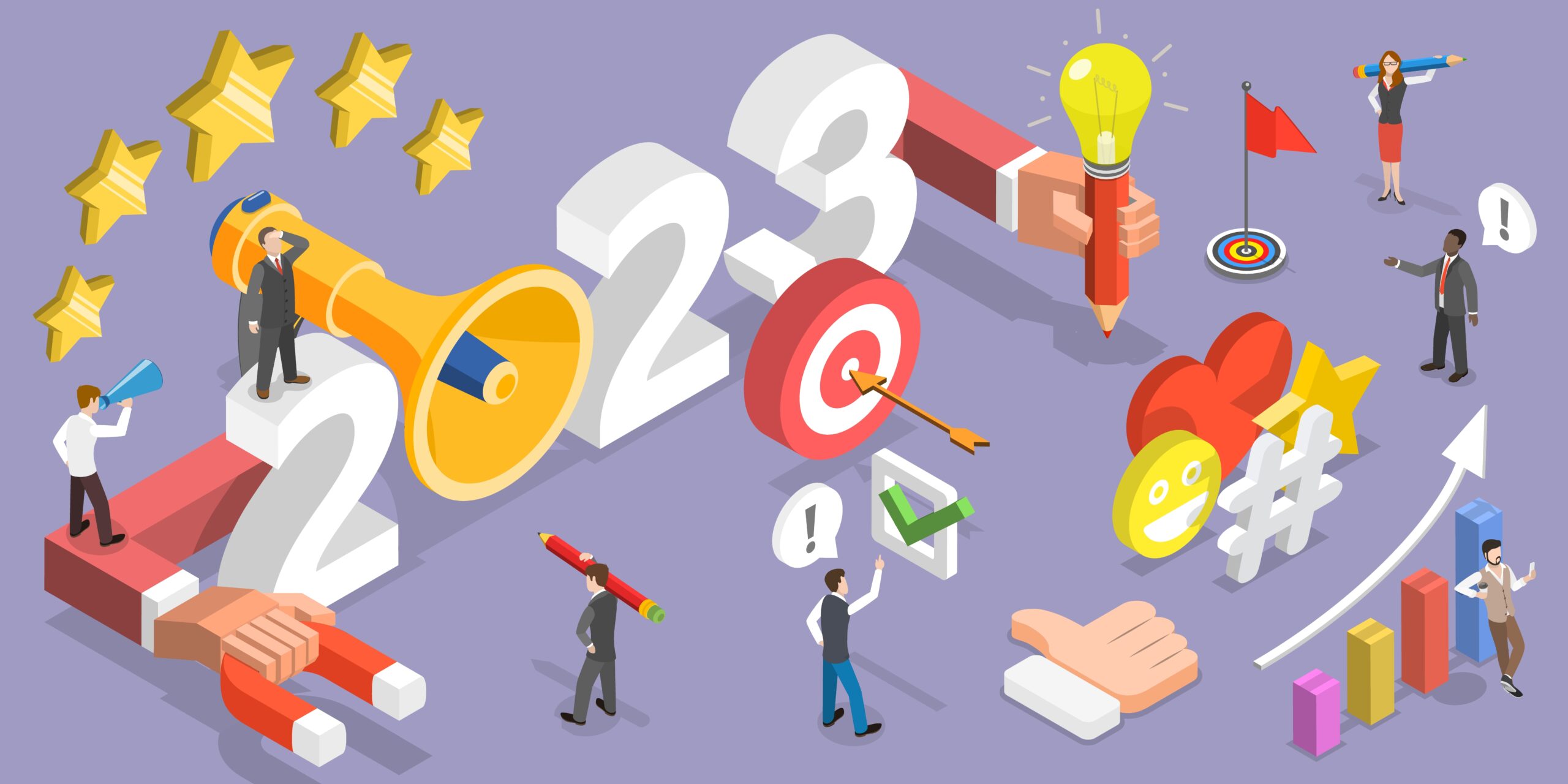How To Design a Logo
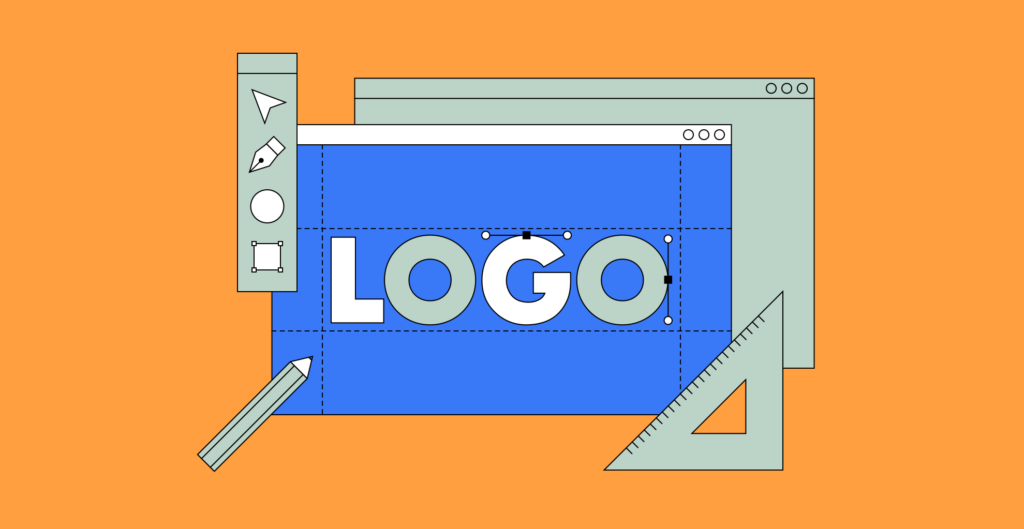
Contents
You need to be intentional about what you choose to include in and craft your logo with.
That includes knowing what your brand’s voice and overall identity are along with what you want to communicate with your logo.
Then there are the basic design do’s and don’ts. Needless to say, there’s a lot to take into account.
That’s where this guide comes in (hooray!).
How to design a logo:
Everything you need to know to create an amazing brand-defining logo
Below, we’ll cover everything you need to know about how to design a logo that’s a perfect fit for your business.
One that’s not only visually impressive but also accurately represents your brand message.
We’ll cover:
- Find your brand identity
- Look for inspiration
- Decide on a design style
- Choose the logo type
- Pick your brand colors
- Select your typography
- Communicate with your designer
- Choose your final design
Plus, we’ll also talk about:
- How do you know which logo to choose?
- And logo design mistakes to avoid
But first, let’s talk about why a good logo is important in the first place.
Why do you need a good logo anyway?
Why can’t you just throw something together that looks decent and call it a day?
Take this logo for instance:

But can you tell what’s wrong with it?
It has the brand name and even a tag line with just enough description of what the brand is about.
So, why is it bad?
The main problem is, the logo isn’t communicating anything. You can’t tell what the brand is about by glancing at it nor is it eye-catching.
A great logo instantly communicates a feeling that your target customer will resonate with, like this one geared toward outdoors lovers:

The logo is not only clear but bold, illuminating the mountains in the background while adding sharp edges around the bottom that complete the hard, adventurous message the logo communicates, but it clearly communicates what the brand is about.
This one doesn’t have the tag line. And yet, you can tell what the brand is about better than the previous version. How about that?
A great logo is designed to attract your ideal customer.
It does this by communicating what your brand is about and drawing a connection between them and the brand (the tree line and mountain range trigger an emotional response for nature lovers who understand the majesty and satisfaction of adventuring outdoors).
For most, a company’s logo is their first real impression of what the brand is about, or a part of that first impression, so you need to make sure you’re communicating the right message.

The truth is, people do judge books by their cover and they judge your business by its logo too.
So, a great logo doesn’t just communicate your brand message, it also helps you stand out and make a good first impression.
How exactly do you do that? There are 9 steps to designing an amazing logo that defines your brand:
1. Find your brand identity
Remember when I said your logo needs to communicate what your brand is about?
To do that, you first need to know what your brand is about!
That’s why the first step to crafting a great logo is to figure out your brand identity.

For instance, the Tastybread logo above is communicating the fun and joy of eating good food.
The rounded corners and curves, as opposed to the bold sharp edges of the Explore the World example, communicates a softer message. Lastly, the old signboard shape as a whole communicates a classic, homey feel.
That little logo is saying quite a lot of things! However, it’s all going towards a singular brand identity, something you can’t communicate until you know what that is.
How do you figure out your own brand identity?
Consider these questions to get yourself started:
- What does our brand stand for?
- What values are important to us and our target customer/market?
- What makes us unique as a company?
2. Look for inspiration
Once you have your brand identity outlined, it’s time to get out there and find some examples that fit what you’re looking for.
If you’re probably new to logo design, you won’t know what kind of design choices communicate certain emotions and ideas. However, you’ll know if you see an example that does.
So, go in search of some logo examples and start picking out ones that you like most, particularly that communicate similar ideas that match your brand idea.

Peeking at your competitors can tell you all kinds of things, like how they choose to communicate certain similar brand ideas.
Once you find a few examples you like that you feel match elements you’re looking for, write down exactly what those elements are.
Is it the hard edges that say, “tough” or “hard” or the soft colors that say, “fun” or “innocent”? Do this for several examples (5-10) then put those elements together into a list and look it over.
Now, you should have a much better idea of what kind of elements you need to incorporate into your logo so that it communicates your brand message.

You might think one thing your logo might communicate something else entirely to your target market.
Lastly, think about something you can do with your logo to stand out if you have a unique brand personality.

This isn’t required, but if you’re quirky or interesting in some way, it’s a valuable opportunity to create the kind of logo that really stands out.
3. Decide on your aesthetic style
Now that you’ve got a more clearly outlined brand identity and gathered some elements for your logo design, it’s time to decide on a basic aesthetic style that will help guide the direction of your logo.
What exactly is an aesthetic style?
There are certain elements that are typically combined together to form a style, like serif fonts and clean monotone images for more elegant brands while quirkier brands use more color, sans serif fonts, and rounded edges.
If this all sounds overwhelming, don’t worry.
Not only are we going to cover some basic style archetypes in this point to start your brain working, but we’re also going to break down each separate element that makes up that final aesthetic style in the proceeding points.
So, first, let’s start with some often-used style archetypes:

Fun and quirky brand designs are one of the most popular among modern styles.
They work for the same reason that we gravitate towards the comedian when in social situations: it’s more fun to be around the person that makes you laugh rather than the dullard.
These logo styles almost always use graphics or symbols to communicate their message, whether that’s something quirky or simply more on the bright and optimistic side.

Often times, non-profits and lifestyle brands choose to go with bold and inspirational designs, either to symbolize their target customer’s bold or defiant lifestyle in the face of life’s adversity.

Vintage logos speak to the past, often with images of the wild west, a recent era such as the ’80s, or another period in history (though more often than not recent enough to have some familiarity with).
These types of logos can compel feelings of strength, quality, and comfort as they pull from strong feelings of nostalgia or fantasies of recent history.

Minimalist logos are simple and sharp with lots of white space. They speak to efficiency, minimalism (obviously), and clean style.
Despite their simple appearance, minimalist logos often employ strong color pallettes as a way of communicating bold emotion.

Classic logo designs are made to last. They often use simple serif fonts that communicate elegance, quality, or superiority.
Logos are often black or dark colors with no accompanying images and if any background colors are used they tend to be soft or muted.
Keep in mind that these are just archetypes. You’re not required to hold to a particular aesthetic style.
Rather, consider these starting points to help guide your logo design in the right direction.
4. Choose the logo type
Now that you have an idea of what aesthetic style fits your brand identity, it’s time to choose the logo type that you feel best fits that style and your brand identity.
Not to be confused with your aesthetic style, the logo type has to do with a much more specific design choice: your primary brand representation.
That can be with letters/initials, word(s), graphics/images, or a combination of those elements.
Here are the basic logo types:

Starting from simplest to most complicated, a lettermark is easily one of the two simplest logo types, tied arguably with a pictorial mark which is simply a graphic/image and nothing else.
A lettermark is nice because it speaks to simplicity and elegance. So, you’ll often see it combined with a classic or minimalist aesthetic style.

A wordmark takes things a step further and makes the company’s full name into the logo itself.
Something we’ll talk about in point #6, this type is based almost entirely around typography, though sometimes it takes that typography to almost graphic heights as seen above.
This logo type is especially good when your brand name clearly describes what your company is about or is unique and memorable.

Pictorial marks go to the opposite extreme of the first two: they remove all text in favor of a symbol that represents the brand.
Truth be told, these are typically combined with some wordmark, which can at times be separated and used on its own (think Nike).
That is unless you’re McDonald’s or Target…

Abstract can be a pictorial, however, it goes about things from a different perspective: creating a symbol that is original and unique to your brand.
The idea here is similar to the mascot logo type we’ll talk about next: you can create a logo type that’s recognizable and communicates what your brand is about in terms of what people already know, or you can create an original symbol and infuse it with meaning through awareness of your brand.
This works best if your brand is already well-known within your target market, as new brands are working against the tide by picking something that isn’t immediately identifiable.
However, the benefits of this kind of logo are great if you can get a foothold in your space as you’ll stand out like a pillar of light among your competitors.

Mascot logos are built around, you guessed it, a mascot or icon of some kind like the Prida example above.
The advantage of a mascot logo is, just as with an abstract mark, mascots are easily identifiable. In fact, mascots can take on a life of their own if the brand becomes big enough, further adding to the sustained awareness of your brand.

A combination mark combines both an image or symbol and a wordmark together.
This is one of the most common logo types of all, as if you’re using a symbol or image of some kind, it’s generally best to also list your company name in your logo as opposed to just a pictorial mak.
The benefit of a combination mark is in the fact that you can alternate the use of one of either or both the wordmark or pictorial in branding depending on the brand material.
Sometimes, a pictorial alone is nice. Other times, you might need just the wordmark. With a combination mark, you can separate those elements at times to get the best of both worlds.

Emblem logos are often used on older brands that want to prominently list their established date or newer brands that want to communicate an older feel.
While lettermarks and wordmarks make the language the centerpiece and pictorial, abstract, and mascot logo types make some sort of visual the star, emblem types combine those elements like a combination mark but in a specific emblem or seal design.
While aesthetic style is directly connected to how you communicate your brand identity, logo type is more a tool that can help you focus your design efforts.
5. Pick your brand colors
Phew! It’s taken a lot of work to get to this point, but you’re doing great!
Now, you’ve:
- Deciphered your brand identity
- Found inspiration and identified central design elements that communicate that identity
- Decided on an aesthetic style
- And figured out what logo type best fits your style choices
Now, it’s time to narrow down a bit and talk about two more specific choices in terms of your logo design: your brand colors and typography.
The colors you use in your logo and brand materials communicate a certain emotion, a feeling, an idea whether you’re aware of what they’re communicating or not.
Color theory is a big topic, so we’re not going to go into detail here, but the most important thing is to simply get a better idea of what certain colors communicate so you can match that up with your design choices.

Here’s a quick breakdown of what each color typically communicates in design:

- White: For clean, modern, peaceful, or minimalist. Works with all colors.
- Black: Great for minimalist or classic logos. Great with white.
- Gray: Flexible, depending on whether you go more towards white or black (for how it changes grey’s effect, see white and black above). Goes well with classic logo designs or those going for a more straightforward, serious, or dependable message.
- Green: Often used by brands wanting to communicate nature through their designs. Super versatile, though.
- Blue: Communicates dependability, calm, trustworthiness. Very common in more serious business logos.
- Purple: Purple was historically the color most often used by royalty, and that message has carried over into the modern-day. For that reason, it’s great for luxury brands while also be good in feminine and quirky designs.
- Pink: Great for feminine brands as well as fun, quirky, and youthful.
- Red: Red is one of the stronger colors in terms of the emotions it communicates. It’s associated with bold statements, anger, energy, and strong emotion in general.
- Orange: Similar to red though more toned down. However, it’s most often used in fun designs.
- Yellow: Positivity, youth, friendliness. One of the best colors for conveying positive emotion.
- Brown: Great for earthy, rugged, vintage aesthetics such as crafts, wood, and metalworking, outdoors, etc.
The above examples use primarily one color, though most logos use several colors.
So, keep in mind that you’re not restricted in any way. Just be aware of the types of feelings and ideas your colors are communicating and try and match them up with your brand message.
You can even combine colors to create new effects. For example, using colors opposite one another on the traditional color wheel is easy and creates a powerful contrast, like this one that combines light blue and orange:

Or this one that uses darker/reddish-orange and green:

Alternatively, if you want to create more of a feeling of consistency or harmony, you can use colors close to one another on the color wheel, like this one that uses white with varying shades of blue-green:

And here’s an example of three colors working together, a combination of earthy brown, dark green, and a soft orange-yellow that compliments the green while conveying feelings of peaceful harmony with nature:

6. Select your typography
Finally, to finish off your logo, consider what typography goes best with what you’ve put together so far.
Picking a font can be a black hole of endless hours staring at a screen looking at slightly different curves at the end of various letters, thickness, size, narrow vs. wide, etc., etc…
So, here are some of the most common font styles used in logo designs to help you cut down on the time it takes to create a great logo that matches with the aesthetic elements you’ve organized so far:

Serif
One of two basic font styles, serif fonts have those little notches (called “serif”) at each end and corner, giving serif fonts an old, elegant, and sometimes luxurious feel.

Sans serif
The “sans” in sans serif is a french word that means “without”. In other words, this font is “without serifs”.
This font style is used in all kinds of different logo designs, particularly modern designs such as companies that don’t want to give the aged feeling that serif font can give off or in playful, bold, energetic logos for a similar reason.

Script
Script fonts are those that look like they were handwritten. Pretty easy to remember, right? These are great for earthy brands such as food and crafts and can be good for elegant brand styles as well.

Display
The busiest of font styles, display fonts are those that are uniquely designed.
The Aloah logo above is a perfect example of a custom display font that perfectly complements the logo graphic, together communicating a stronger brand image than they could do alone.
7. Communicate those design choices with your designer
You’ve now gathered all the necessary ingredients for an amazing logo. Good job!
It’s now time to communicate with your designer or agency or start your design contest using everything you’ve put together so they can craft the new logo you’ve dreamed of.
This can take some time and you need to make sure you get matched up with the right designer that understands what you’re going for, so be patient and take it one step at a time.
Alternatively, you can choose to go a different route and use Logo Maker Shop, where you can piece together all your ideal elements including color, graphics, typography, and other elements to create the perfect logo in a matter of minutes.
8. Choose your final design
Got your first designs? Time to choose! Whether you went with a designer, ran a contest, or used a logo maker, make sure you do a designs you can choose between the best one.
Ultimately, you can’t know what will turn out best until you see the finished product, so this is an important part of the process you might be compelled to skimp on. Don’t!

And if you’re not sure what choose, elicit help from your business partners, key employees, and even key customers.
Or even consider running a poll on social if you have a preestablished following and give your customers the chance to vote on your new logo in a survey!
How do you know which logo to choose?
After all this time, you might still be a little confused about exactly what makes a great logo.
Sure, you know what you like, but does that translate to good, effective design?
We talked earlier about how a great logo communicates your brand message and often helps you stand out among your competitors.
A great logo is also often these things as well:
- Unique
- Memorable
- Timeless
Like this logo, that checks all the boxes:

Based on these and the other factors we’ve been talking about. Ask yourself if your final logo design(s):
- Communicates your brand identity
- Appeal to your target market
- Have some memorable element such as a mascot or display font
- Flexibility (How do you need to use it? It should serve all your branding, marketing, product, and packaging needs)
- Will the design hold up in 10 years?
At this stage in the process, it’s easy to choose your final logo design based on what you like most.
However, it’s important to think about all of these points first to make sure the logo is going to work based on more than just what looks good to you.
Logo design mistakes to avoid
Now that you have a better idea of what design elements to incorporate into your design, which should you avoid?
There are really only a few major mistakes you should avoid when designing a logo:
- Don’t copy what your competitors are doing (If it looks generic, you won’t stand out)
- Don’t overdo it (Simple is powerful and memorable)
- Don’t base your design on trends (It might look good now, but it will look outdated a few years from now)
Say hello to your brand new logo
If you’ve followed the steps up until now, congratulations!
You’ve got a brand new, killer logo.
You know that your logo serves as the foundation for your entire brand’s design-identity, including everything from the design of your marketing materials and even informs your brand voice.
So, it’s kind of (see: really) important.
However, you also know that creating your own logo can take a lot of time and effort.
You have to:
- Find your brand identity, inspiration, and check your competitors
- Choose your design style, logo type, brand color, and typography
- And communicate those design choices with your designer
You also need to know how to identify key elements to know that a design is the right choice as well as be aware of what things to avoid in bad logo design.
Needless to say, you’ve got your work cut out for you!
Why not let Logo Maker Shop simplify the process for you?
To simplify the logo design process, check out our super simple editor, 1000+ logo layouts, and 5000+ additional resources, including symbols, fonts, and backgrounds, to help you craft the perfect logo with less work.
*All logo designs shown were created in Logo Maker Shop.

As our Chief SEO & Branding Strategist, Robert Ellison is a digital marketing visionary with over 25 years of experience transforming brands through smart, data-driven SEO and impactful storytelling. Known for his expertise in aligning technical SEO with authentic brand narratives, he leads our team in creating strategies that boost search rankings while building strong, sustainable brand identities. A trusted advisor and frequent industry speaker, Robert combines deep technical knowledge with creative insight, helping our clients not only reach the top of search results but also genuinely connect with their audiences.

